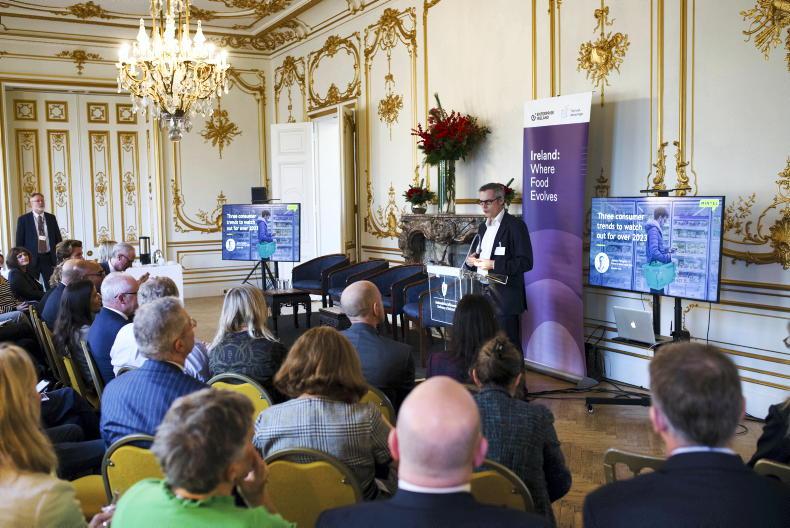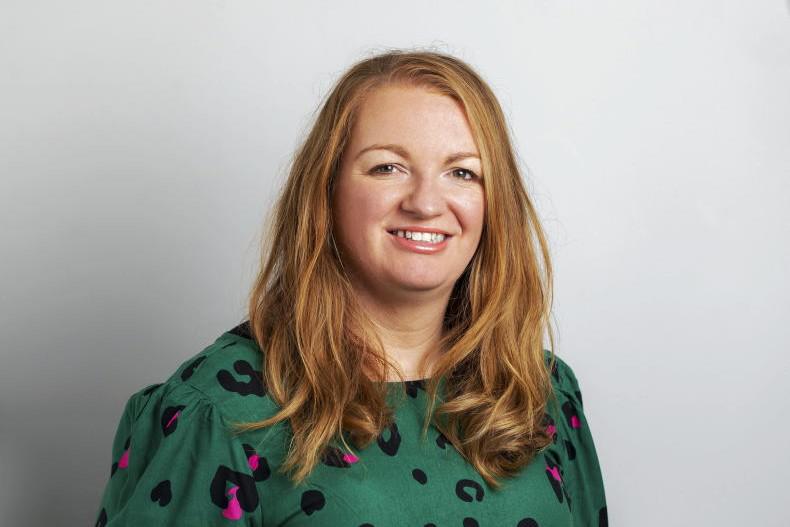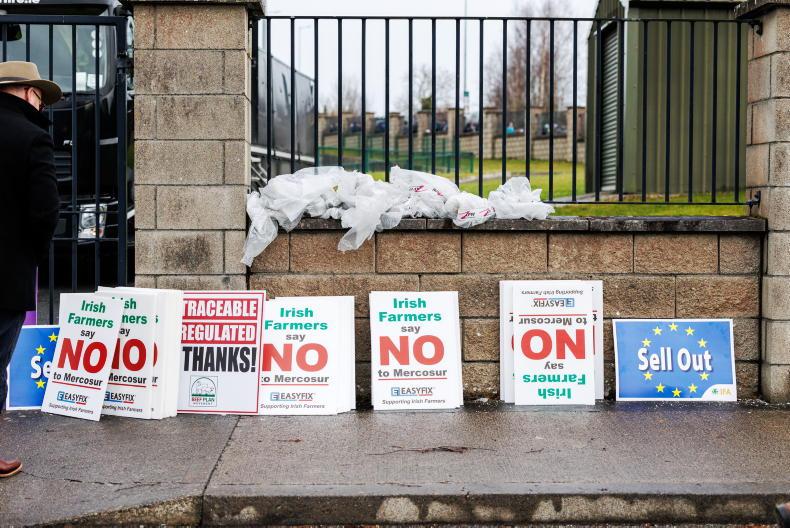In 1892, in Lady Windermere’s Fan, Oscar Wilde’s Lord Darlington famously said a cynic was “a man who knows the price of everything and the value of nothing.” We can all be victim to this type of cynicism and it hits to the heart of many of our societal problems. Perhaps this is even more evident at this time of the year when consumerism is at its zenith and the “have to have” replaces any notion of need. However, I would suggest (perhaps naively) that as a society, things are changing, with people beginning to see value in a more holistic way. And while I am not yet confident that consumers, en masse, are willing to pay for this value, there is a growing view that “value” is not the same as “price” or “cost”. Consumer analysts are seeing a change in the criteria for something to be perceived by potential buyers as having a high “value”.

Jonny Forsyth, Director of Food and Drink with Mintel spoke about consumer trends into 2023 a the London Embassy Enterprise Ireland event Food Evolution UK: A forum on the future of food.
Company environmental, social and governance (ESG) reports and Government working groups demonstrate that decision-making in these corridors is now less dominated by Wilde’s cynics and more open to ethical, moral and cultural principles. These metrics, heretofore considered whimsical and sentimental, are now key performance indicators (KPIs), if not yet quite on a par with financial value. At a recent Enterprise Ireland event I attended, the view that price is not the same as value was a focus across all speakers. Jonny Forsyth, director of food and drink with market analysts Mintel, advised that brands need to take a more holistic view of price, communicating their benefits clearly while innovating to adapt to consumer needs.
Don’t be a commodity
During a recent interview with OSI operations director and EU head of sustainability Claire Donoghue, we discussed how beef is a commodity. This provoked a number of conversations with farmers and colleagues, with some taking umbrage with the premise of a premium product like beef falling into this category. The definition of a commodity is “a basic good that is interchangeable with other goods of the same type”. Beef, or other agricultural raw materials, do fall under the basic tenet of this description, but does (or should or can) the Irish production system elevate them to the higher “value” perception in people’s minds (and wallets)? Is it enough?

Operations director and EU head of Sustainability at OSI, Claire Donoghue photographed on the grounds of Johnstown House, Enfield. \ Philip Doyle
The only reason a product must be cheaper, or offer more for less, is when it has no other inherent communicable “value” that people are willing to pay for than its price in relation to its competition. The problem with selling a commodity is there is always someone, somewhere prepared to sell it cheaper. If price is the only differentiator, it will always be a race to the bottom. And realistically speaking, considering commodities are dominated by massive brands, it’s almost impossible to win on price alone.
SuperQuinn was the Irish premium retailer. Many families, whether they could afford it or not, did their big Christmas shop in SuperQuinn. The reason was that, at this special time of year, people are buying for reasons other than just price. With guests arriving and a desire to make things special, people see “value” over and above what is being charged. The question is – how do we ingrain this value all year round for the “commodities” produced on Irish farms?
I might remain a cynic on value v price but I also appreciate that while a corkscrew might be inexpensive to purchase, if you don’t have one on Christmas Day, it has immense value.
Read more
Editorial: Christmas consumer sentiment is down but far from out
Your choice? ‘Long hours at high intensity’ or work-life balance?
In 1892, in Lady Windermere’s Fan, Oscar Wilde’s Lord Darlington famously said a cynic was “a man who knows the price of everything and the value of nothing.” We can all be victim to this type of cynicism and it hits to the heart of many of our societal problems. Perhaps this is even more evident at this time of the year when consumerism is at its zenith and the “have to have” replaces any notion of need. However, I would suggest (perhaps naively) that as a society, things are changing, with people beginning to see value in a more holistic way. And while I am not yet confident that consumers, en masse, are willing to pay for this value, there is a growing view that “value” is not the same as “price” or “cost”. Consumer analysts are seeing a change in the criteria for something to be perceived by potential buyers as having a high “value”.

Jonny Forsyth, Director of Food and Drink with Mintel spoke about consumer trends into 2023 a the London Embassy Enterprise Ireland event Food Evolution UK: A forum on the future of food.
Company environmental, social and governance (ESG) reports and Government working groups demonstrate that decision-making in these corridors is now less dominated by Wilde’s cynics and more open to ethical, moral and cultural principles. These metrics, heretofore considered whimsical and sentimental, are now key performance indicators (KPIs), if not yet quite on a par with financial value. At a recent Enterprise Ireland event I attended, the view that price is not the same as value was a focus across all speakers. Jonny Forsyth, director of food and drink with market analysts Mintel, advised that brands need to take a more holistic view of price, communicating their benefits clearly while innovating to adapt to consumer needs.
Don’t be a commodity
During a recent interview with OSI operations director and EU head of sustainability Claire Donoghue, we discussed how beef is a commodity. This provoked a number of conversations with farmers and colleagues, with some taking umbrage with the premise of a premium product like beef falling into this category. The definition of a commodity is “a basic good that is interchangeable with other goods of the same type”. Beef, or other agricultural raw materials, do fall under the basic tenet of this description, but does (or should or can) the Irish production system elevate them to the higher “value” perception in people’s minds (and wallets)? Is it enough?

Operations director and EU head of Sustainability at OSI, Claire Donoghue photographed on the grounds of Johnstown House, Enfield. \ Philip Doyle
The only reason a product must be cheaper, or offer more for less, is when it has no other inherent communicable “value” that people are willing to pay for than its price in relation to its competition. The problem with selling a commodity is there is always someone, somewhere prepared to sell it cheaper. If price is the only differentiator, it will always be a race to the bottom. And realistically speaking, considering commodities are dominated by massive brands, it’s almost impossible to win on price alone.
SuperQuinn was the Irish premium retailer. Many families, whether they could afford it or not, did their big Christmas shop in SuperQuinn. The reason was that, at this special time of year, people are buying for reasons other than just price. With guests arriving and a desire to make things special, people see “value” over and above what is being charged. The question is – how do we ingrain this value all year round for the “commodities” produced on Irish farms?
I might remain a cynic on value v price but I also appreciate that while a corkscrew might be inexpensive to purchase, if you don’t have one on Christmas Day, it has immense value.
Read more
Editorial: Christmas consumer sentiment is down but far from out
Your choice? ‘Long hours at high intensity’ or work-life balance?











SHARING OPTIONS